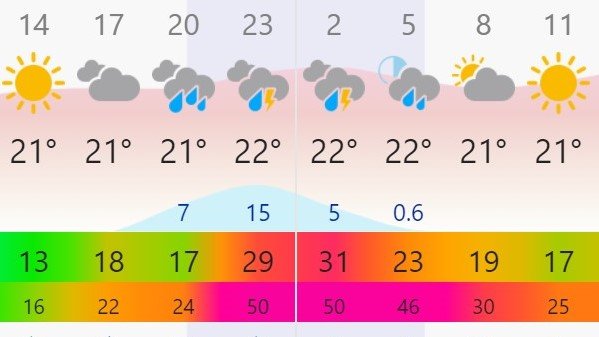- Joined
- Jan 9, 2014
- Messages
- 4,175
- Location
- USA
- Vessel Name
- N/A
- Vessel Make
- 1999 Mainship 350 Trawler
I've been anchored in my current location for about 2 1/2 weeks. I tend to use the "Windy" app. The screenshot at the bottom of the post is what Windy is showing for Thursday into Friday.
However here are other reports:
The Weather Channel: Thursday (night): Wind SSW 20
Friday: W 16
Accuweather: Thursday: Wind S 10-16
Friday: Wind W 15-18
What should I make of the Windy reports?
What tools are other folks using??
I can move on Thursday morning. We have a protected slip 3 hours away. On the other hand I have a good spot in a typically crowded anchorage.
Cue 'The Clash' "Should I Stay or Should I Go?"
However here are other reports:
The Weather Channel: Thursday (night): Wind SSW 20
Friday: W 16
Accuweather: Thursday: Wind S 10-16
Friday: Wind W 15-18
What should I make of the Windy reports?
What tools are other folks using??
I can move on Thursday morning. We have a protected slip 3 hours away. On the other hand I have a good spot in a typically crowded anchorage.
Cue 'The Clash' "Should I Stay or Should I Go?"
Attachments
Last edited:


